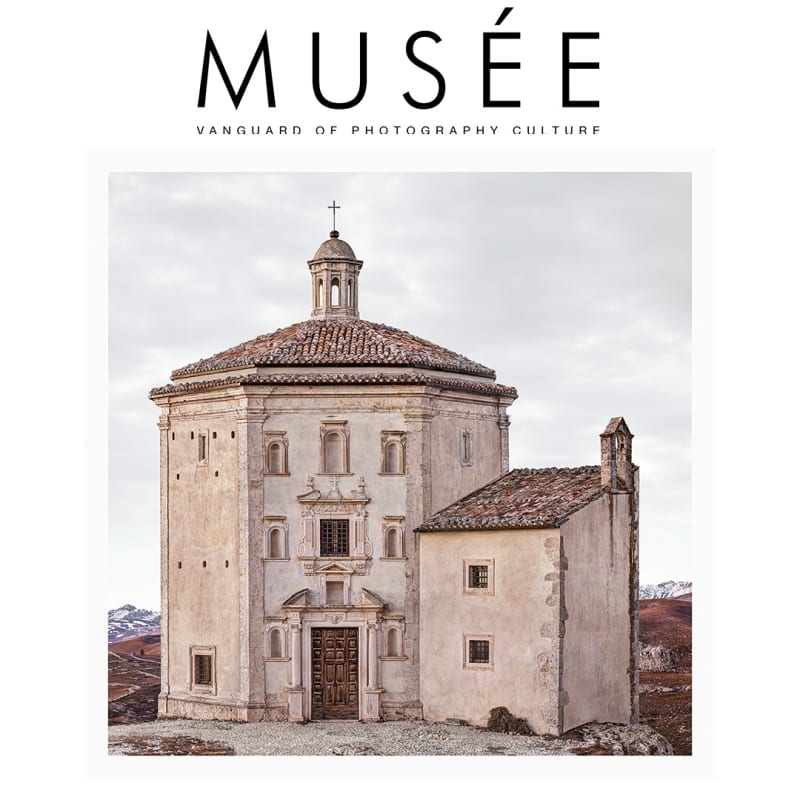Markus Brunetti’s FACADES III, his third solo reception with Yossi Milo Gallery, continues the storied photographer’s work to capture the beauty and singularity of Europe’s oldest religious institutions.
At Yossi Milo Gallery in the heart of Chelsea, Manhattan, you’re transported from the crowded concrete jungle of New York City into the open spaces of Europe through Markus Brunetti’s newest exhibition, FACADES III. Through the lens of Brunetti’s camera, we, the mortal, modern self, are able to see the unmatched beauty and singularity of Europe’s oldest religious institutions, ranging from synagogues to churches and even monasteries. The series is fairly fresh, having opened on March 16 and is scheduled to run until the sixth of May.
Although this exhibition is new, Brunetti’s work on the project is anything but that; the collection dates back all the way to 2005. It would be impossible to capture the brevity and enormity of Europe’s buildings in one exhibit, so instead Brunetti separated it into multiple exhibitions, showing large quantities of gorgeous European architecture and allowing each to have their moment. In previous years, Brunetti’s lens has captured the beauty of such renowned institutions like The Church of St. Mary in England, which was prominently featured in his first edition of FACADES. What it shows is that beauty, albeit in different forms, stands the test of time, and part of the human condition is to be nostalgic. Instead of missing this style, Brunetti argues that it is important for us to study them and to admire their beauty. Not only does he aim to do this, but he succeeds tremendously.
With his partner, Betty Schoener, Brunetti traversed the continent in a converted fire truck-turned-photo lab, creating a ragtag feel for the adventure that interestingly doesn’t show in the artist’s work. Brunetti, interestingly enough, spent many years working in advertising, keenly using his background in the industry with this specific exhibition. Each religious space is centered and spectacled, showing off the uniqueness of the structure as if to convert a naysayer. There is a particularly fascinating attention to lighting that comes through in Brunetti’s work. Each building is Hollywood lit, showing the decay and the years on the facade in a positive light (pun intended). Part of the beauty of these structures, Brunetti argues, is their ability to age; perhaps this makes us appreciate their years more.
Brunetti does a tremendous job of showing each building’s scale, whether it be on the larger or smaller side. Some of his subjects are massive, storied churches with buttresses and stained glass windows, like Coutances, Notre-Dame, 2013-2020; this shows the unbelievable artistry that humans were capable of at the time. A different, perhaps more subdued style compared to the former would be Cordoba, Mezquita-Catedral, 2013-2023, which is a smaller-scale church with a more rustic feel. Through Brunetti’s staging, both buildings have a seat at the table, and we’re not meant to compare one another and rank their beauty. Instead, we should appreciate the cultural differences that range across the continent, perhaps at a time when division wasn’t at the forefront of the conversation.

